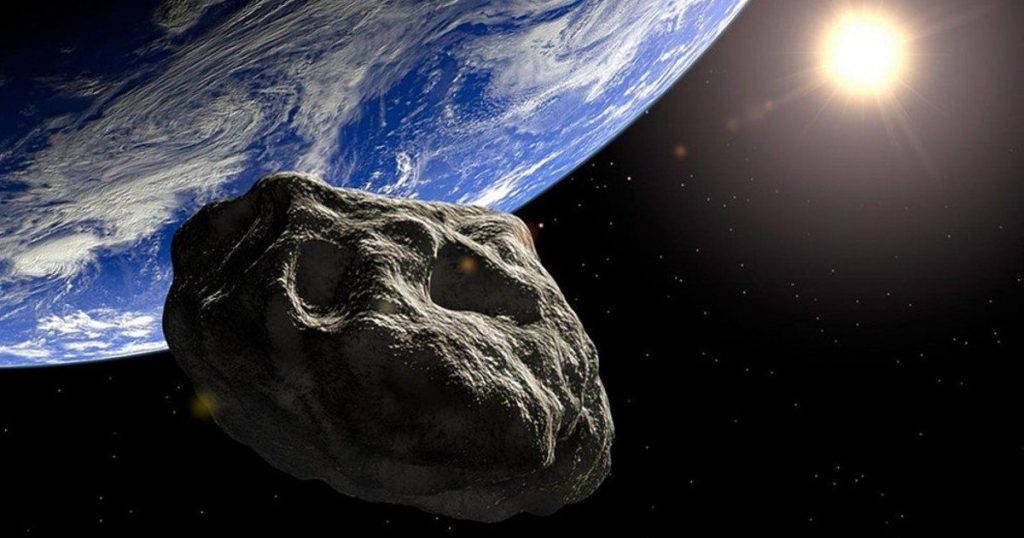An international team of astronomers has made use of the European Southern Observatory’s Very Large Telescope to image 42 of the largest objects that hang out in the asteroid belt between Mars and Jupiter.
“Only three large main-belt asteroids, Ceres, Vesta, and Lutetia, have been imaged with a high level of detail so far, as they were visited by the space missions Dawn and Rosetta of NASA and the European Space Agency, respectively,” said astronomer Pierre Vernazza of the Laboratoire d’Astrophysique de Marseille in France.
“Our ESO observations have provided sharp images for many more targets, 42 in total.”
In the last month, the researchers found a dog-bone-shaped asteroid which was called Kleopatra. It is believed that the asteroid has two moons and that is a result of the dust ejection from the body itself.
The shape and mass of these peculiar asteroids can now be gauged with the help of 3D data. The two overt classes of these rocks are almost round, and the ones elongated. Kleopatra is the most elongated asteroid known so far.
Ceres is the biggest object found in the survey with a diameter of 940 kilometers (584 miles). It is round rock. Vesta, the second-largest at 520 kilometers has an uneven form. Flora and Adeona, at 146 and 144 kilometers respectively, are also round. Sylvia is 274 kilometers and is elongated.
The new technique gives the idea about the density and volume of these rocks As well.
Earth’s density is 5.51 grams per cubic centimeter. The asteroids with the least density are around 1.3 grams per cubic centimeter which is similar to coal, pointing towards a carbonaceous, porous composition. The densest was Psyche and Kalliope, with densities of 3.9 and 4.4 grams per cubic centimeter respectively, making them denser than diamond, hinting a stone composition.
“Our observations provide strong support for substantial migration of these bodies since their formation,” said astronomer Josef Hanuš of Charles University in Czechia.
“In short, such tremendous variety in their composition can only be understood if the bodies originated across distinct regions in the Solar System.”
“ELT observations of main-belt asteroids will allow us to study objects with diameters down to 35 to 80 kilometers, depending on their location in the belt, and craters down to approximately 10 to 25 kilometers in size,” Vernazza said.
“Having a SPHERE-like instrument at the ELT would even allow us to image a similar sample of objects in the distant Kuiper Belt. This means we’ll be able to characterize the geological history of a much larger sample of small bodies from the ground.”
The research has been published in Astronomy & Astrophysics.

